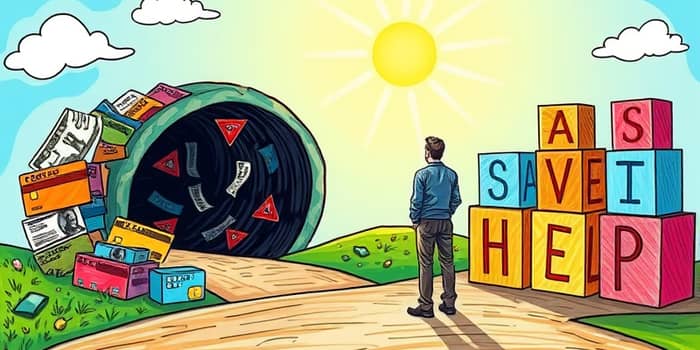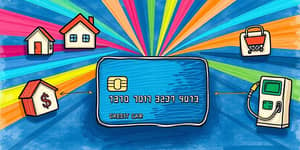
Many cardholders turn to cash advances for urgent cash needs, unaware of the heavy financial burden that follows. This guide shows you why recurring cash advances can threaten your financial health and how to break free from this cycle.
A cash advance lets you withdraw money from your credit card like an ATM loan. Unlike regular purchases, this service has no interest-free grace period and a separate, often lower, cash limit.
From day one, you face immediate interest accrual. Interest charges begin on the transaction date and continue until your balance is paid in full.
Cash advances carry some of the highest fees in consumer borrowing:
Consider this example: withdrawing $800 at a 25% APR and holding it for one year can cost about $200 in interest alone, plus fees of around $24 (3% flat fee).
Frequent cash advances raise your credit utilization ratio, leading to negative credit utilization. This signals lenders that you rely on borrowed money for daily expenses.
Lenders may view repeated advances as a sign of financial instability, reducing your chances for future credit approvals or higher limits and even triggering account closures.
Using cash advances for ongoing expenses like rent, utilities, or groceries can create a slippery slope into debt. Each month, outstanding balances carry over, accumulating interest and fees.
As minimum payments rise to cover high-interest balances, you may feel forced to take new advances just to stay afloat. This domino effect of borrowing can quickly spiral out of control.
These options often carry more predictable repayment terms and far lower costs than repeated cash advances.
In genuine emergencies—unexpected medical bills or urgent repairs—a single cash advance may be unavoidable. But keep these guidelines:
Always weigh other options before choosing this high-cost route.
Long-term relief from debt cycles starts with creating an emergency savings fund and cultivating strong budgeting habits. Track your income and expenses to identify areas for adjustment.
Seek advice from nonprofit credit counseling agencies or financial coaches. Their guidance can help you establish a realistic budget and debt repayment strategy.
Recurring cash advances are among the most expensive borrowing methods, with high rates, hefty fees, and immediate interest charges. They can damage your credit score and entangle you in an unending debt cycle.
Prioritize sustainable financial habits and explore safer, lower-cost alternatives. With the right tools and planning, you can meet urgent needs without jeopardizing your long-term financial health.
References













